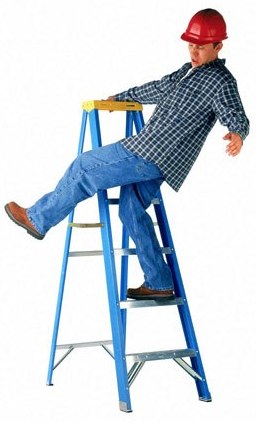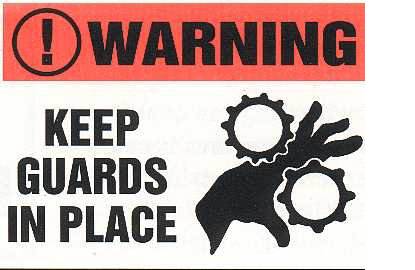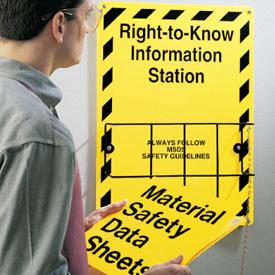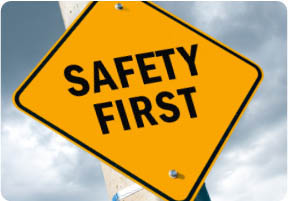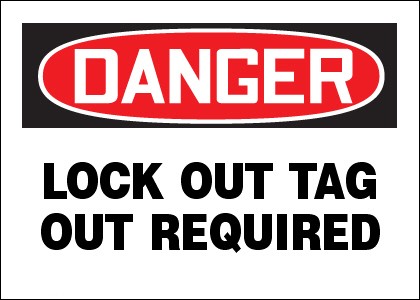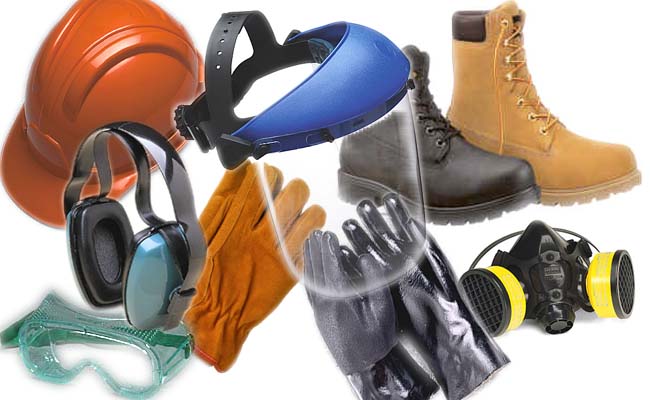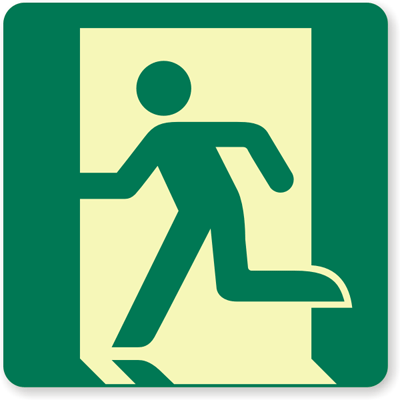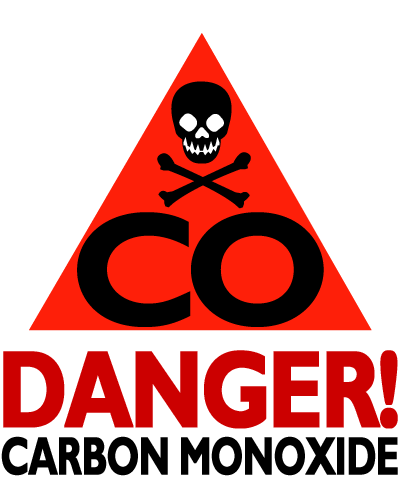 Being under the influence of anything while at work can affect reaction time and reflexes, which can be disastrous. People who work under the influence cause accidents are often the ones who are injured. In fact, industries with the highest rates of drug use are the same as those that are the highest risk for injury in the first place. This includes construction, mining, manufacturing and wholesale.
Being under the influence of anything while at work can affect reaction time and reflexes, which can be disastrous. People who work under the influence cause accidents are often the ones who are injured. In fact, industries with the highest rates of drug use are the same as those that are the highest risk for injury in the first place. This includes construction, mining, manufacturing and wholesale.
According to OSHA, there are five separate elements that ensure a drug free workplace. These five elements are: 1) A policy that does not tolerate it. 2) Supervisor training. 3) Employee education. 4) Employee assistance. 5) Drug testing. OSHA concludes with the fact that there must be consideration for employee rights to privacy and that many workers with substance abuse problems can be returned safely to the workplace provided they have access to appropriate treatment. With the right addiction treatment program anyone can fully recover, with that drugs and the workplace can be taken care of and have no more problems.
via Drugs and the Workplace | Addiction Treatment Programs | Arizona Rehab.

